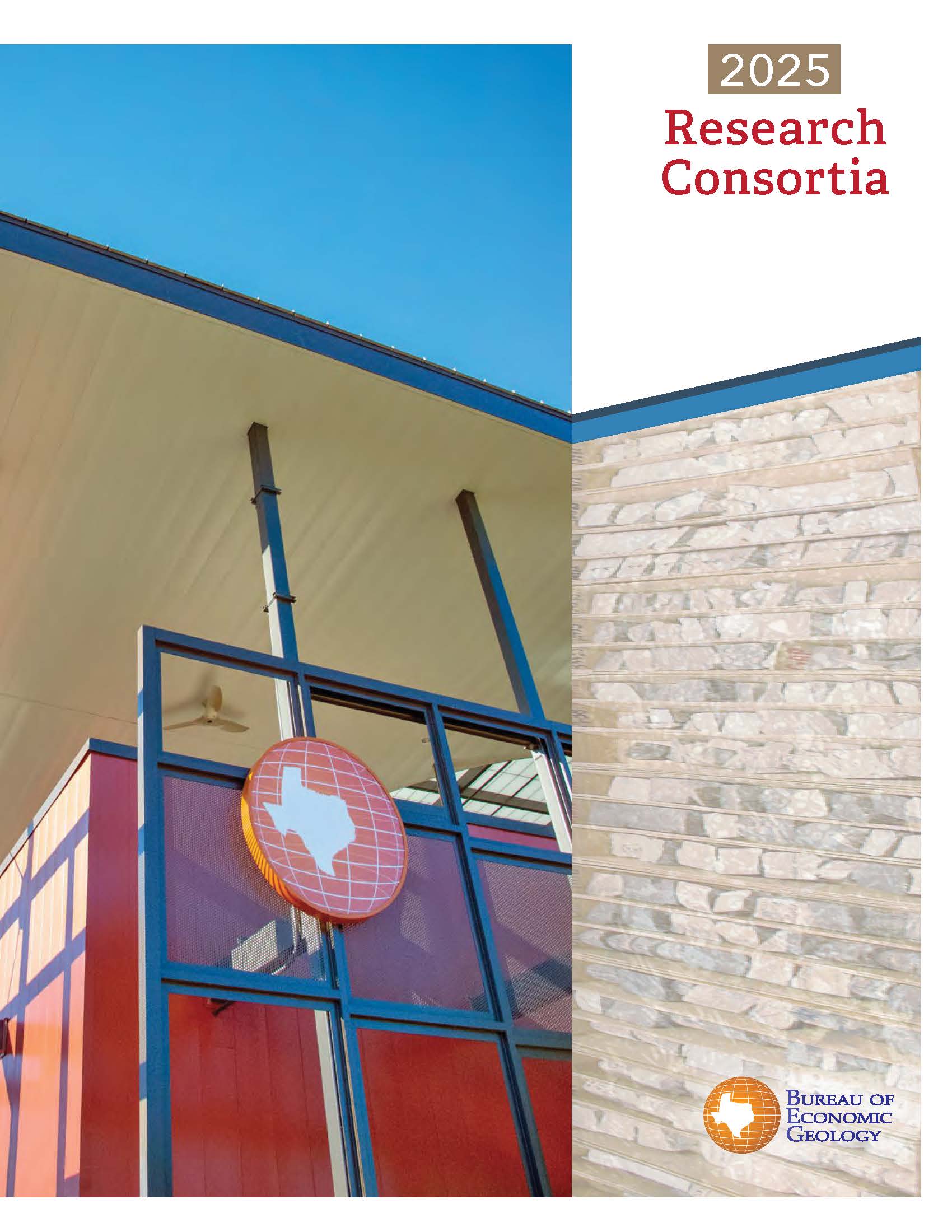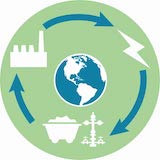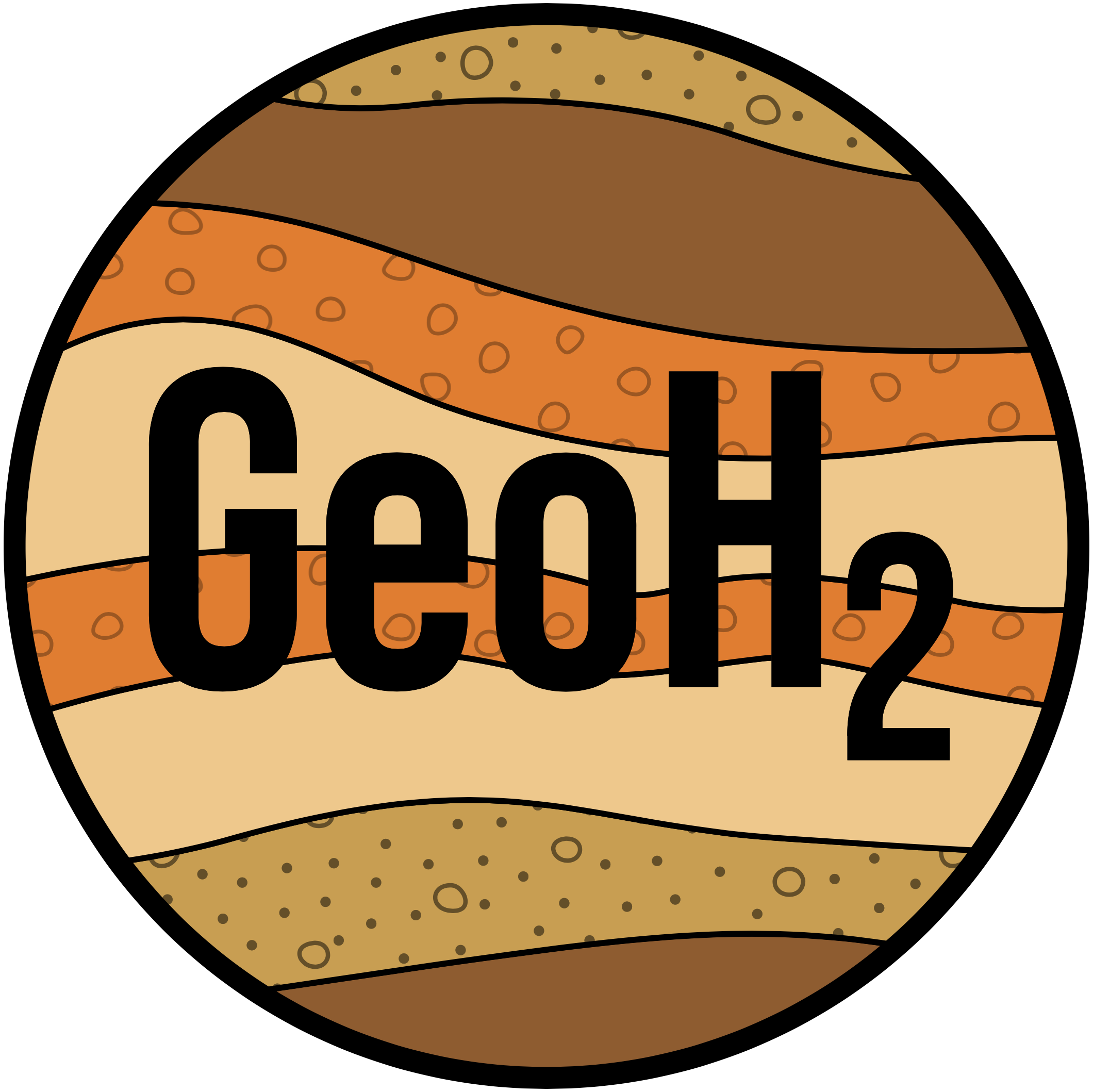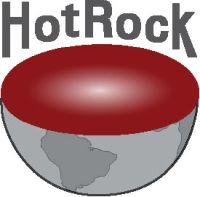Research Consortia Overview

The Bureau of Economic Geology conducts research on subjects of high interest to the energy industry and environmental firms, and a broad spectrum of companies actively participate in its industry consortia. These unique industry partnerships study research subjects as diverse as salt tectonics, carbonate reservoir characterization, natural fractures and geophysics, carbon storage, nanotechnology, quantitative clastics, computational seismology, mudrock reservoirs, and energy economics.
Collectively, these consortia enjoy the support of over 70 companies globally, with some companies participating in as many as 9 separate programs. Each industry consortium was designed to complement industry efforts to understand a key exploration, production, and/or environmental or economic problem.
Participation is on a subscription basis. Member benefits vary, but generally include first-look privileges to research outcomes, access to research teams, invitations to annual review meetings, and office visits by researchers for presentation and interaction. Members also benefit from interactions with counterparts in fellow sponsoring companies. Each Bureau research consortium has a dedicated team of full-time researchers,including postdocs. Many host talented graduate students. The teams combine seasoned experts with early-career specialists. A number of researchers have industry backgrounds, and all share a passion for university-based research.

The primary goal of the Advanced Energy Consortium (AEC) is to develop intelligent subsurface micro and nanosensors that can be injected into oil and gas reservoirs to help characterize the space in three dimensions and improve the recovery of existing and new hydrocarbon resources. The consortium also believes that there is near term potential to increase the recovery rate in existing reservoirs by exploiting the unique chemical and physical properties of materials at the nano scale.

The Applied Geodynamics Laboratory (AGL) is dedicated to producing innovative new concepts in salt tectonics. This research comprises a mix of physical and mathematical modeling and seismic-based mapping and structural-stratigraphic analysis of some of the world's most spectacular salt basins.

Comparing Electricity Options (CEO) - The Bureau is studying the life-cycle environmental impacts of the supply chain and construction of electricity generating technologies, including natural gas combined cycle, wind and solar, with and without batteries. The results will provide a more holistic view and understanding of fossil and renewable energy systems.

The Center for Injection Seismicity Research (CISR) is a multidisciplinary, trans-college research center conducting fundamental and applied research to better understand naturally occurring and potentially induced seismicity and the associated risks. The research is designed to understand the subsurface processes that may influence seismicity, quantify and reduce risk to the citizens and infrastructure of Texas, and improve standards of practice to mitigate seismicity that may stem from industrial activity.

The Fracture Research and Application Consortium (FRAC) is an alliance of scientists from the Bureau and the departments of Petroleum and Geosystems Engineering and Geological Sciences that seeks fundamental understanding of fractures and fracture processes dedicated to conquering the challenges of reservoir fractures.

The Gulf Coast Carbon Center (GCCC) seeks to apply its technical and educational resources to implement geologic storage of anthropogenic carbon dioxide on an aggressive time scale with a focus in a region where large-scale reduction of atmospheric releases is needed and short term action is possible.

The mission of GeoH2 is to conduct geoscience, reservoir engineering, & economic research to facilitate and advance the development of a hydrogen economy at scale with a focus on geological storage, related techno-economics, and novel concepts such as in situ generation of hydrogen.

HotRock Geothermal is an industry-funded research consortium to find and fill the science and technology gaps needed to further develop the geothermal-anywhere ecosystem. This will incorporate science, engineering, economics, policy, and entrepreneurship efforts and will be led by the Bureau, the organization with the skills and proven track record to lead a major enterprise such as this.

The Mudrock Systems Research Laboratory (MSRL) is dedicated to the twin goals of unraveling fundamental scientific aspects of the most common sedimentary rock type and devising applications of this understanding to the characterization of an important and growing unconventional resource.

The Quantitative Clastics Laboratory (QCL) carries out geologic studies of the processes, tectonics, and quantitative morphology of basins around the world, with research that emphasizes the use of mega-merged 3D seismic data sets for quantitative seismic geomorphologic study of the basin fill, evaluation of source-to-sink relationships between the shelf, slope and deep basin and analyses of the influence of tectonics and fluids on the evolution of these complex continental margin settings.

The Reservoir Characterization Research Laboratory (RCRL) seeks to use outcrop and subsurface geologic and petrophysical data from carbonate reservoir strata as the basis for developing new and integrated methodologies to better understand and describe the 3-D reservoir environment.

The STARR Mission is to conduct geologic research that results in increasing the production and profitability of oil and gas in the state of Texas.

The mission of the Texas Consortium for Computational Seismology (TCCS) is to address the most important and challenging research problems in computational geophysics as experienced by the energy industry while educating the next generation of research geophysicists and computational scientists.

The Tight Oil Resource Assessment (TORA) program is recognized as the premier entity researching U.S. unconventional resource plays and their production capabilities, developing a basin-wide and granular-scale understanding of key factors controlling current and future developments. Our mission is to provide our stakeholders with reliable and up-to-date estimates, projections, models, fundamental understanding and insights at the basin scale for the major U.S. unconventional plays by conducting innovative, integrated research of in-place resource and recoverable volumes, play/well economics, and production forecasts with their environmental implications.